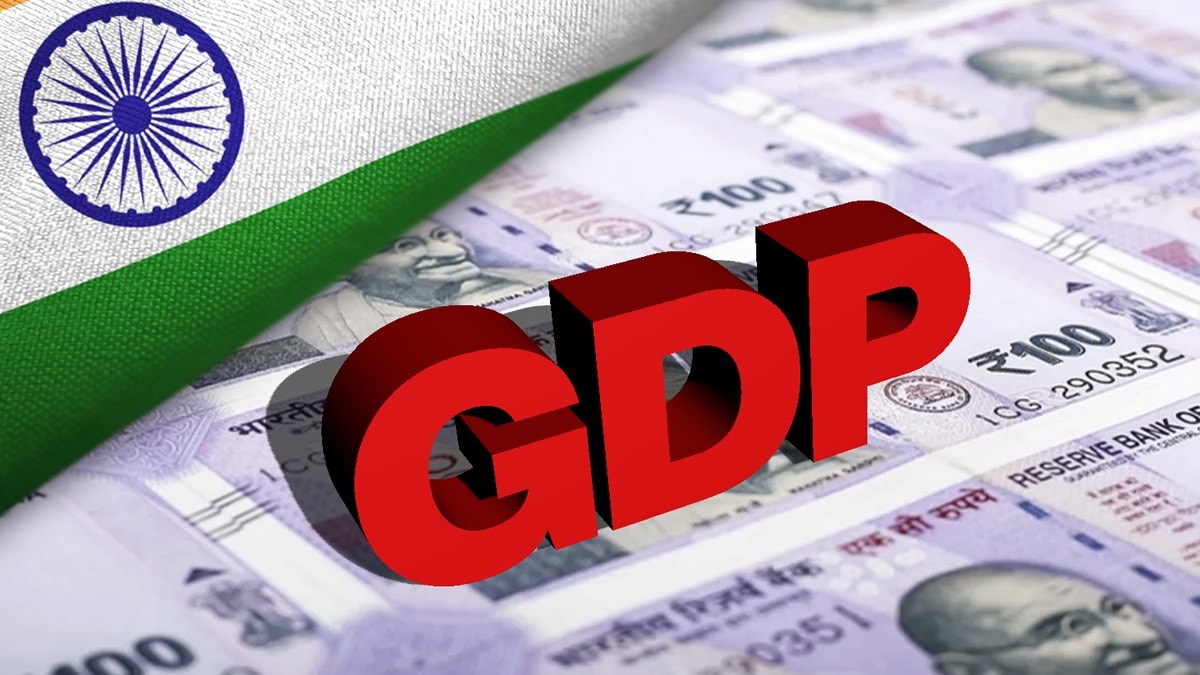India’s economic growth is expected to decline to 5.7 per cent this year from 8.2 per cent in 2021, citing higher financing cost and weaker public expenditures, according to the forecast by the United Nations Conference on Trade and Development (UNCTAD) Trade and Development Report 2022.
Buy Prime Test Series for all Banking, SSC, Insurance & other exams
From Growth To Slowdown:
The country’s GDP will further decelerate to 4.7 per cent growth in 2023, the top UN agency projected. India experienced an expansion of 8.2 per cent in 2021, the strongest among G20 countries. As supply chain disruptions eased, rising domestic demand turned the current account surplus into a deficit, and growth decelerated, the report stated.
What The Report Said:
As supply chain disruptions eased, rising domestic demand turned the current account surplus into a deficit, and growth decelerated, the report said. It noted that the Production-Linked Incentive Scheme introduced by the government is incentivising corporate investment, but rising import bills for fossil energy are deepening the trade deficit and eroding the import coverage capacity of foreign exchange reserves. As economic activity is hampered by higher financing costs and weaker public expenditures, GDP growth is projected to decelerate to 5.7 percent in 2022,” it explained.
Govt Approach:
The government has announced plans to increase capital expenditure, especially in the rail and road sector, but in a weakening global economy, policymakers will be under pressure to reduce fiscal imbalances, and this may lead to falling expenditures elsewhere. Under these conditions, the economy is expected to decelerate to 4.7 percent growth in 2023, the report forecasted.
Forecast About South Asia:
The Energy Crisis:
World Prospects:
UNCTAD projects that the US economy will grow at 1.9 percent in 2022, a decline from 5.7 percent in 2021, and will further slow down to 0.9 percent in 2023. Meanwhile, China’s economic growth is projected to be 3.9 percent in 2022, a decline from 8.1 percent in 2021, and a 5.3 percent growth next year. The report added that the share of commodities in China’s and Egypt’s imports is 38 percent, and more than 50 percent of India’s imports are (primary) commodities including food and fuel. As a result, higher commodity prices have a strong impact on domestic prices via imports. Recent estimates covering the past five decades suggest a 50 percent increase in oil prices (approximately the increase in 2021) is associated with an increase in inflation of between 3.5 and 4.4 percentage points, with a lag of about two years.




 PM Modi Receives Oman’s Highest Honour, ...
PM Modi Receives Oman’s Highest Honour, ...
 Who Is Sai Jadhav? India’s First Woman O...
Who Is Sai Jadhav? India’s First Woman O...
 India and Saudi Arabia Sign Visa Waiver ...
India and Saudi Arabia Sign Visa Waiver ...







